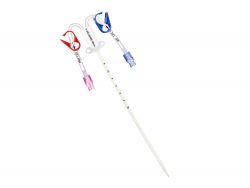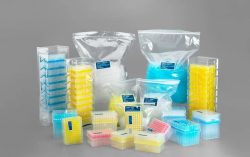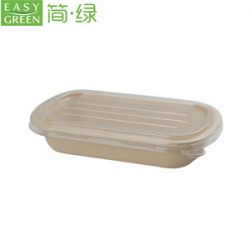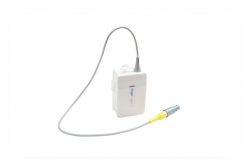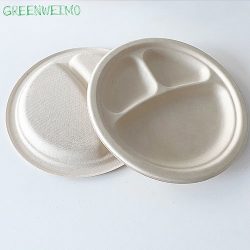Disposable Isolation Gown
WILLCOME Disposable isolation gown is a type of protective clothing worn by healthcare workers or patients to protect against the spread of infectious agents, such as bacteria, viruses, or other pathogens. It is made of non-woven materials, such as polypropylene or polyethylene, and is designed to be used once and then discarded. The isolation gown covers the entire body and typically has long sleeves, a neck tie closure, and a waist tie to keep the garment securely in place. Disposable isolation gowns are commonly used in hospitals, clinics, and other healthcare settings, as well as in research and laboratory settings, where there is a risk of exposure to infectious agents. They are an important part of infection control procedures and help to prevent the spread of diseases from person to person.
Features of Disposable Isolation Gown
Fluid Resistance: Disposable isolation gowns are made from materials that provide resistance to liquids and fluids, including blood, bodily fluids, and other potentially infectious substances. This helps prevent contamination of clothing and skin.
Full Coverage: Isolation gowns typically provide full coverage of the body, including the front, back, and arms, to protect the wearer from potential exposure to infectious agents.
Tie or Snap Closures: Isolation gowns may have tie closures or snap closures, allowing for secure fastening while ensuring ease of removal.
Neck and Waist Ties: Many isolation gowns have neck and waist ties or closures to ensure a snug fit and prevent gaps that could expose the wearer to contaminants.
Disposable and Biodegradable Materials: Some gowns are made from biodegradable materials or materials designed to be eco-friendly, aligning with sustainability goals in healthcare.
Color Coding: ln some healthcare settings, isolation gowns maybe color-coded to designate their level of protection or specific use (e.g.. yellow for contact precautions, blue for standard precautions).
Compliance with Standards: Isolation gowns should meet specific regulatory and safety standards, such as those set by the FDA, ASTM International, or other relevant authorities.
– Latex-Free: Many isolation gowns are latex-free to
accommodate individuals with latex allergies.
i
· Disposable Design: These gowns are intended for single-use
and are disposed of after each use to prevent cross-
contamination and maintain a sterile environment.
.Open or Closed Back: lsolation gowns can have an open orclosed-back design.Closed-back gowns provide more
comprehensive coverage, while open-back gowns are easier toput on and take off.
· Elastic or Knitted Cuffs: Gowns may feature elastic cuffs orknitted cuffs at the wrists to provide a secure fit and preventliquids from entering the sleeves.
· Breathable Material: The materials used in disposable isolation
一oo-Linting:DiSPosaaIR i:eliAtioa :powu .rca.
sterile environments.
. Various Sizes: Disposable isolation gowns come in various sizesto accommodate different body types and ensure a proper fit.
. Resistance to Tears and Puncture: These gowns are designed toresist tears and punctures, ensuring their integrity during use.
. Antimicrobial Coatings (Optional): Some gowns may have
antimicrobial coatings or treatments to provide an additionallayer of protection against bacteria and other pathogens.
















